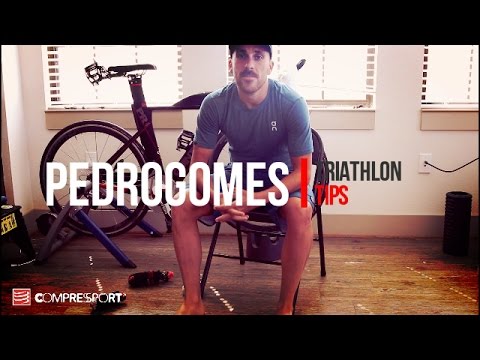Great race! Sounds like a lot of fun and good luck in October!
There’s a trick to putting on socks in T1 (or T2 for that matter). If you turn them almost completely inside out except for the last ~2 inches of the toes, you can slip the toes in easily and then roll the the socks up your foot. That way the sock isn’t sliding against wet skin and it generally hits where it needs to go the first time. It’s also how I put on arm sleeves (inside out and then roll up the arm).
